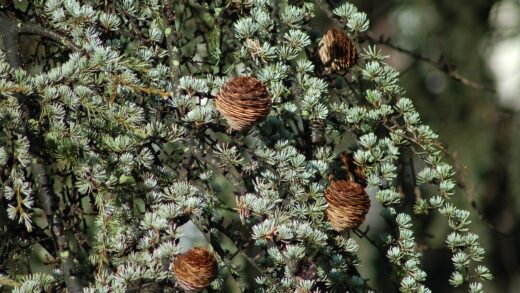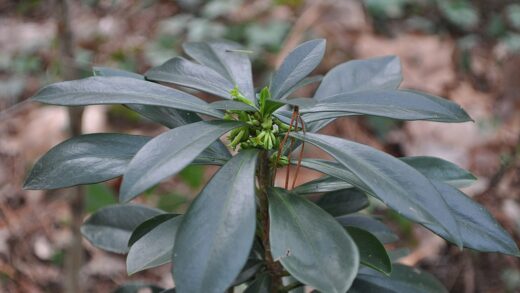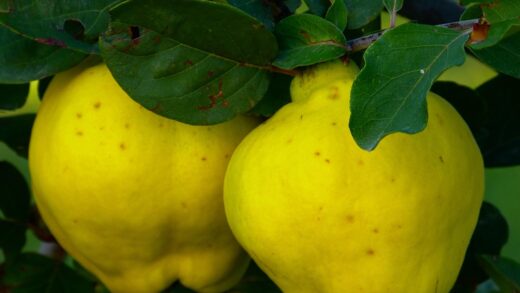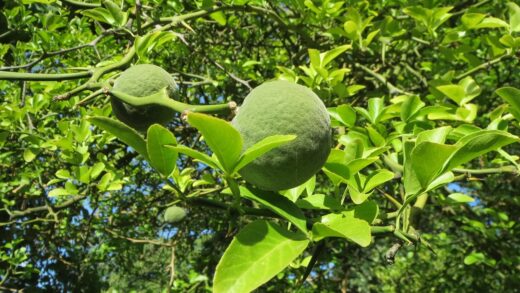The Phalaenopsis, commonly known as the moth orchid, is one of the world’s most popular houseplants, whose majestic flowers can adorn our homes. However, for this tropical beauty to grace us with abundant blooms year after year, a thorough understanding of its nutrient needs and proper fertilization is essential. The epiphytic, or tree-dwelling, lifestyle of Phalaenopsis orchids fundamentally defines their nutritional habits, which differ significantly from traditional, soil-rooted plants. Understanding this is the key to successful orchid cultivation, as improper nutrient supply can lead to stunted growth, a lack of flowering, or even the plant’s demise.
In their natural habitat in the rainforests of Southeast Asia, Phalaenopsis orchids live on the trunks and branches of other trees, where their roots cling to the bark. These specialized, fleshy aerial roots are not only responsible for anchoring the plant but also for absorbing moisture and precipitation from the air. They derive nutrients from rainwater runoff and the organic debris—such as decaying leaves and bird droppings—that collects on the bark, providing a continuous but extremely dilute source of nutrients. This “weekly, weakly” principle fundamentally dictates how we should feed them in a home environment.
The potting medium used for home cultivation, most often consisting of pine bark, coconut husk, or sphagnum moss, primarily serves not as a source of nutrients but as a simulation of the natural environment. It provides the necessary aeration for the roots, retains some moisture, and offers a stable base for the plant, yet its nutrient content is negligible and quickly leaches out with continuous watering. Therefore, for potted moth orchids, regular and deliberate nutrient supplementation is essential for balanced development and spectacular flowering.
In their natural environment, orchids often live in a symbiotic relationship with mycorrhizal fungi, which envelop the roots and help with the more efficient absorption of nutrients, especially phosphorus. This symbiosis allows them to thrive in a nutrient-poor environment. Although these fungi are not always present in the potting media of commercially available orchids, this biological fact once again supports the idea that Phalaenopsis orchids prefer weak, continuous fertilization over infrequent, concentrated doses of nutrients.
The role of macro- and micronutrients in the life of the Phalaenopsis orchid
The essential nutrients for plants are divided into two main groups: macronutrients and micronutrients, each of which plays a vital role in the life processes of the Phalaenopsis orchid. The three primary macronutrients are nitrogen (N), phosphorus (P), and potassium (K), the ratio of which is often indicated by numbers on fertilizer packaging (e.g., 20-20-20). Nitrogen is primarily responsible for the growth of vegetative parts, namely new leaves and roots, ensuring the increase of the plant’s green mass. However, excessive nitrogen intake can be at the expense of flowering, so maintaining the right balance is important.
More articles on this topic
Phosphorus is crucial for energy transfer processes (ATP synthesis), root formation, and above all, flower induction—that is, stimulating the formation of a flower spike. When we want our moth orchid to bloom, it is advisable to use a so-called bloom booster fertilizer with a higher phosphorus content. Meanwhile, potassium is responsible for overall resilience, water balance regulation, and the activation of plant enzymes, contributing to the plant’s defense against diseases and its general vitality.
The secondary macronutrients, such as calcium (Ca), magnesium (Mg), and sulfur (S), are also essential. Calcium is responsible for the stability of cell walls and the healthy development of new root shoots; its deficiency can lead to stunted growth. Magnesium is the central element of the chlorophyll molecule, making it indispensable for photosynthesis, which is the basis of the plant’s energy production. Sulfur is a component of many amino acids and vitamins, thus playing an important role in general metabolic processes.
Although needed only in extremely small amounts, a deficiency of micronutrients—iron (Fe), manganese (Mn), zinc (Zn), copper (Cu), boron (B), and molybdenum (Mo)—can cause serious developmental disorders. An iron deficiency, for example, manifests as yellowing between the veins of young leaves (chlorosis), as iron is not easily mobile within the plant. The best orchid fertilizers contain these micronutrients in a chelated form, which ensures they remain available for uptake by the plant across a wider pH range, thereby preventing the development of deficiency symptoms.
The practical implementation and timing of fertilization
The golden rule of fertilizing a Phalaenopsis orchid is to follow the “weakly, weekly” principle, which mimics the plant’s natural feeding habits. Commercially available orchid fertilizers should almost never be used at the full concentration indicated on the packaging, as this can lead to the burning and scorching of the extremely sensitive aerial roots. The general recommendation is to dilute the manufacturer’s recommended dose to one-quarter or at most one-half strength and feed the plant with this weak solution.
More articles on this topic
The frequency of fertilization should be adjusted to the active life stages of the Phalaenopsis orchid. During the active growth period, when the plant is developing new leaves or roots, it needs more frequent nutrient supplementation; at this time, you can generally give it the diluted fertilizer solution with every other watering. During flowering, opinions differ; many recommend reducing or completely stopping fertilization to extend the life of the flowers. During the winter months or the dormant period after flowering, when growth slows down, fertilization should be significantly reduced or even suspended altogether.
Just as important as fertilizing is the regular flushing of the root medium, which helps prevent the harmful effects of accumulating mineral salts. Over time, salts from fertilizers and tap water can build up on the pine bark pieces, which can alter the pH of the medium and damage the roots. To avoid this, it is advisable to place the orchid under the tap once a month and thoroughly rinse its pot with lukewarm, clean water for several minutes to wash out the excess salts from the medium.
The most common method of nutrient delivery is fertilizing through watering, where the fertilizer is dissolved in the watering can. As an alternative, foliar feeding can be used, where a very dilute fertilizer solution is sprayed onto the undersides of the leaves, where the plant can also absorb nutrients through its stomata. However, this should only be a supplementary method and cannot replace absorption through the roots. The use of slow-release, granular fertilizers is not recommended for Phalaenopsis orchids, as nutrient release is uncontrollable and uneven in the coarse, airy medium.
Common mistakes and signs of nutrient deficiency or overdose
The most common mistake made in the care of Phalaenopsis orchids is over-fertilization, which causes more harm than withholding nutrients altogether. The most telling signs of an overdose are blackened, mushy, burnt root tips, a whitish-yellowish salt crust on the surface of the potting medium and the inner wall of the pot, and the browning and drying of leaf tips. If you notice these symptoms, the first and most important step is to immediately and thoroughly flush the medium with clean water to remove the excess salts. In the long term, you should reduce the concentration of the fertilizer solution and the frequency of fertilization.
A characteristic symptom of nitrogen deficiency is the uniform yellowing of older, lower leaves, as nitrogen is a mobile element that the plant redirects from older leaves to new shoots when it senses a deficiency. The deficiency also results in a general slowing or stunting of growth. In contrast, an overdose of nitrogen leads to soft, dark green, drooping leaves, and the plant focuses exclusively on vegetative growth instead of flowering, so the expected blooms fail to appear.
Phosphorus deficiency is most evident in the failure to flower, but in more severe cases, the leaves may also take on a bluish-purple hue. Potassium deficiency is less common, but its symptoms can include yellowing along the edges of older leaves, starting from the leaf tip, as well as general weakness and susceptibility to diseases. Since most balanced orchid fertilizers contain these elements in the proper ratio, specific deficiency symptoms rarely occur with proper fertilization.
Finally, it is important to mention the role of water quality and pH, which fundamentally affects the availability of nutrients. Most Phalaenopsis orchids prefer a slightly acidic medium (pH 5.5-6.5). Hard, alkaline tap water (high pH) can inhibit the uptake of certain micronutrients, especially iron, which can cause iron deficiency symptoms even if the fertilizer contains it. Ideally, you should water with rainwater, distilled water, or reverse osmosis purified water to ensure that nutrient utilization is as optimal as possible.


















